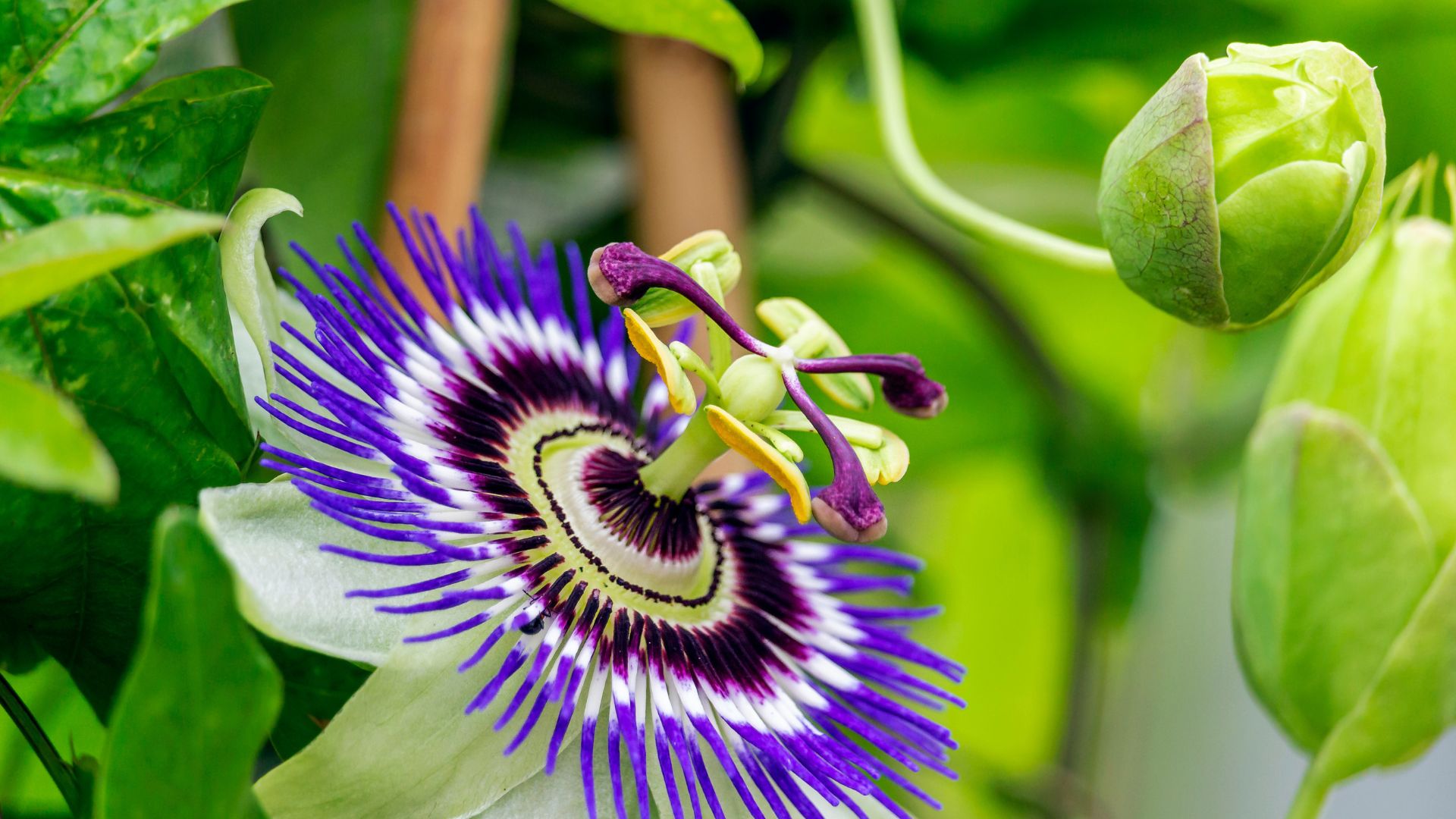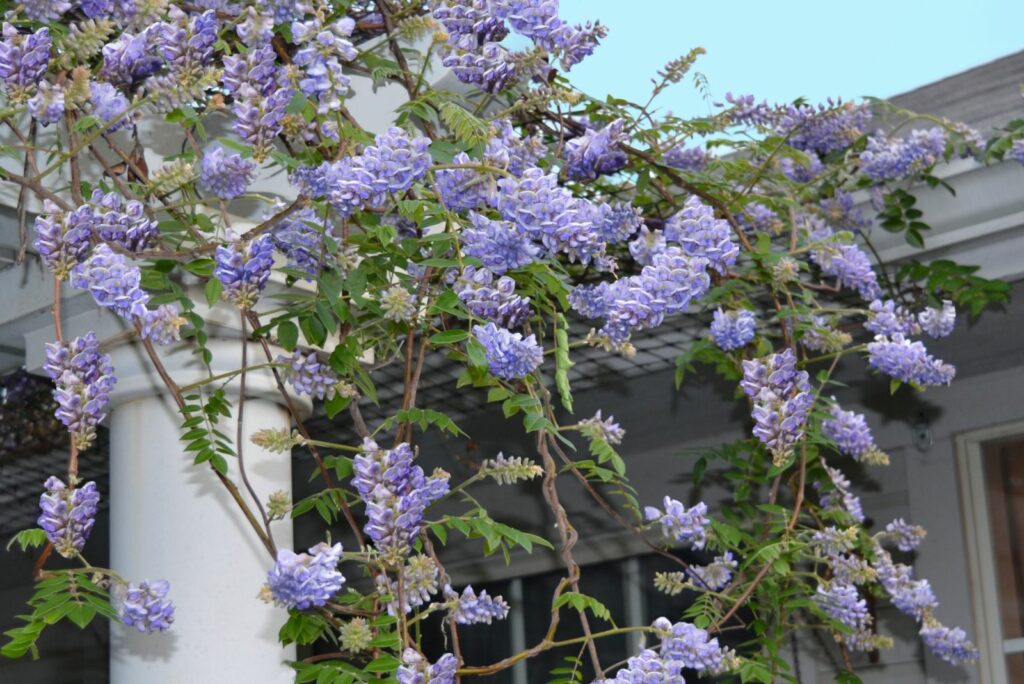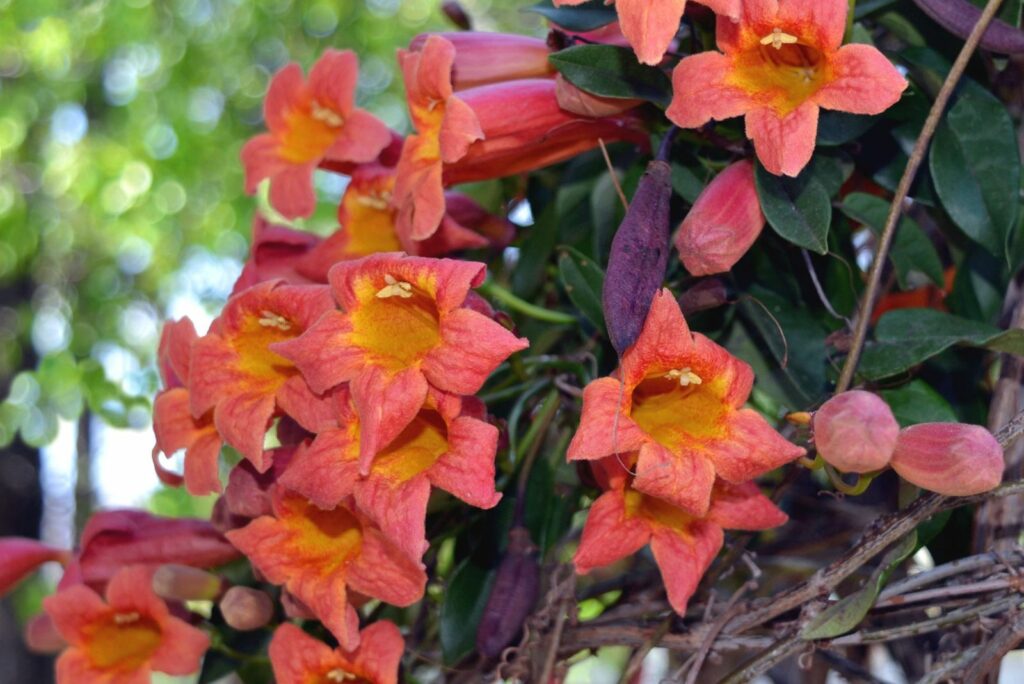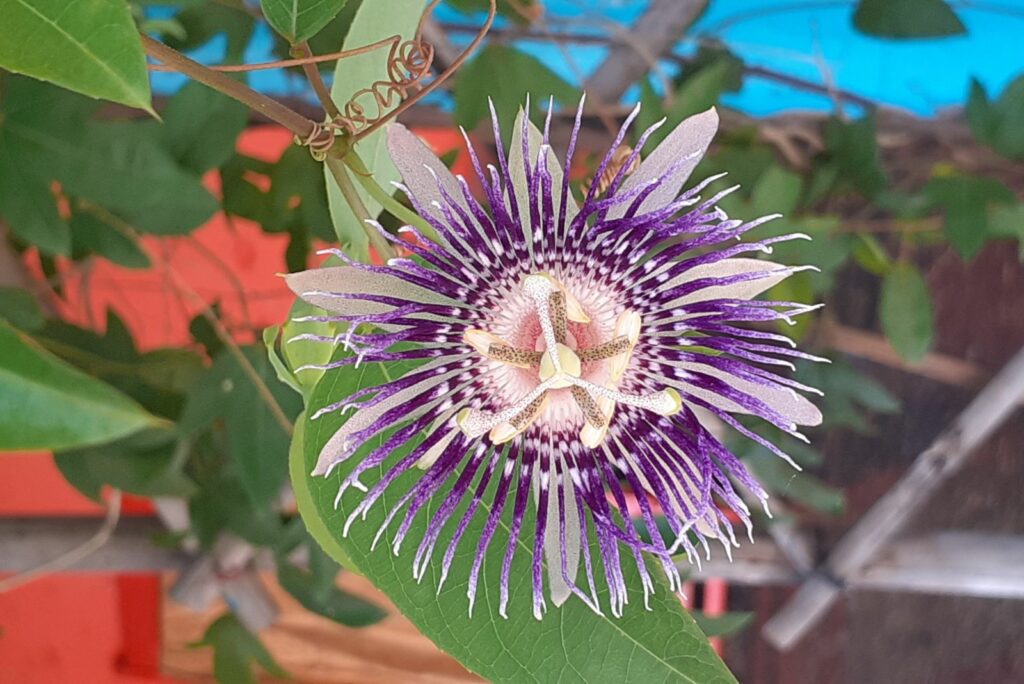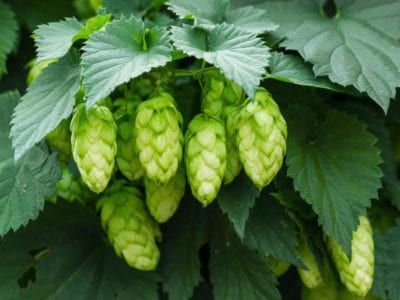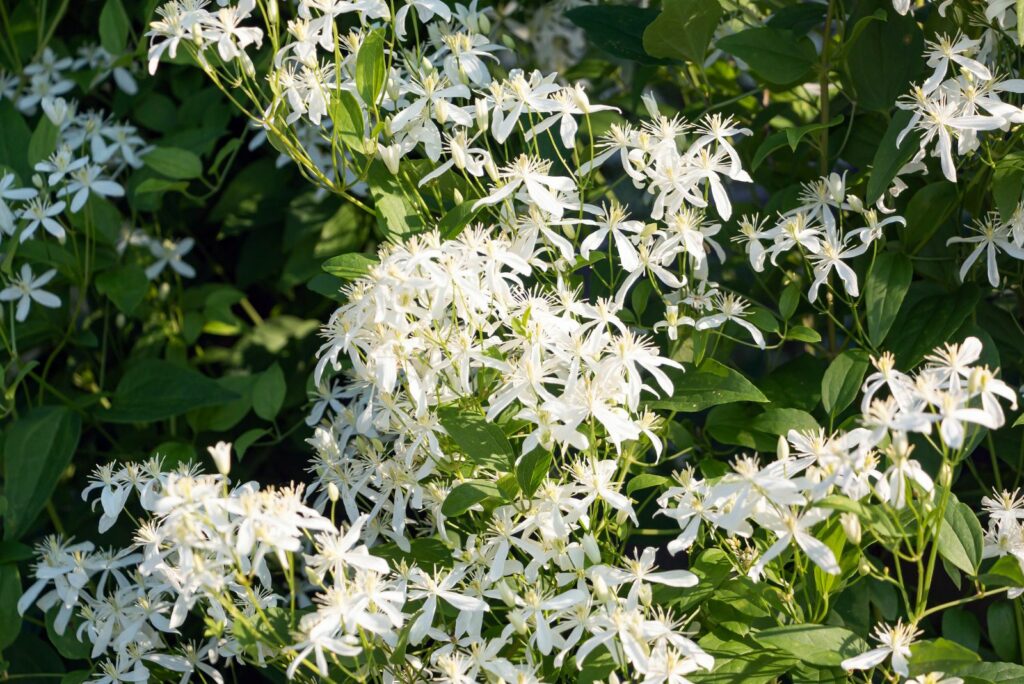Do you enjoy when bees, butterflies, and birds fly over your garden? They are some of the cutest pollinators and help your yard thrive throughout the season. But sometimes, they can stop visiting your garden.
The main reason behind that can be a lack of flowering plants! I also had a problem attracting pollinators to my garden. Every plant I grew, thinking it would help draw them in, didn’t work.
Then I found out that they adore vining plants, but there was one little problem. I knew that many vining plants are invasive and can cause complications for my other flowers!
Luckily, I was able to find some eco-friendly native vining plants that support wildlife. Guess what? They didn’t take over my entire garden. Instead, these plants thrived perfectly! Native vining plants turned out to be the most beautiful ones I’ve ever grown.
You won’t believe how many beneficial pollinators they draw into my yard! So why should you wait? It’s time to make your garden look straight out of a fairy tale. Bear in mind that these plants aren’t hard to grow at all! Now let’s start with the first one…
#1 Add A Pop Of Color To Your Fence With Stunning American Wisteria
If you are looking for a ‘wow’ effect in your garden that will attract pollinators, then American wisteria is the perfect choice! They are high-climbing vining plants that come in beautiful purple colors.
American wisteria starts blooming in spring, so it’s ideal for decorating your fence because they can grow up to thirty feet! Now let’s take a look at some easy growing tricks that will be really helpful!
The ideal spot for these plants is in the sunniest part of your garden. Even though they can tolerate partial sun, it’s best to place them in full sun for more dazzling blooms! You’ll need to water American wisteria twice a week.
For pruning, make sure to do it in late winter or early spring to encourage new stunning flowers to bloom and create a beautiful shape for your plant.
#2 Check Out Crossvine’s Red Tubular Flowers That Bloom In Winter
If you love orange-red flowers, then crossvines are perfect for you! These plants are winter hardy, and you’ll be able to enjoy their trumpet flowers in late winter.
Their delicious nectar attracts hummingbirds, so if you love listening to their sweet melodies, you should grow crossvines.
Crossvines can become tricky when it comes to sunlight! You can place them in full sun or part shade. If you prefer foliage over flowers, then it’s best to plant them in part shade. If you want more of their beautiful flowers, choose full sun!
Make sure to water them weekly. For pruning, you can do it in spring or fall! Take your shears and prune them to the size you desire.
#3 Add Tropical Vibes With Purple Passionflower
Exotic purple passionflowers are a must for every garden! It doesn’t matter where you live because these tropical-looking plants surprisingly tolerate even colder climates. These amazing plants will attract butterflies to your garden!
Purple passionflowers need at least six hours of sun to thrive. These plants require more watering during the growing season and less in winter! Water them only when the soil feels dry. You’ll need to prune them once a year in the spring!
#4 If You Want More Use Out Of Your Vining Plants, Grow Common Hops
Common hops are one of the most special native vining plants! They have heart-shaped green leaves that produce bright red berries which bees and butterflies love.
But these berries aren’t just a delicious treat for pollinators, you can eat them too! Young shoots of the vine are edible and you can cook them just like asparagus.
Place common hops in a sunny spot and water them once a week! You should prune common hops right after the first frost by removing the foliage from the bottom two or three feet.
#5 Virgin’s Bower Is Perfect For Bringing Elegance Into Your Garden
The lovely petal-shaped flowers of Virgin’s Bower come in a creamy white color that attracts all sorts of pollinators! Their soft and elegant blooms will give your garden that cottage look you’ve seen in magazines.
Virgin’s Bower prefers partial sun and well-drained soil, so make sure to water it every nine days! Trim it back in the fall or early spring.
It looks like your garden is going to become the favorite hangout spot for pollinators! Growing these plants will create a stunning landscape, and you’ll see bees, butterflies, and hummingbirds every single day.
The best part about these vining plants is that they are pretty easy to grow! You don’t have to spend hours in your garden taking care of them. All they need from you is love, attention, and proper care! Now choose the one that caught your eye and start growing it in your garden.
Good luck!

